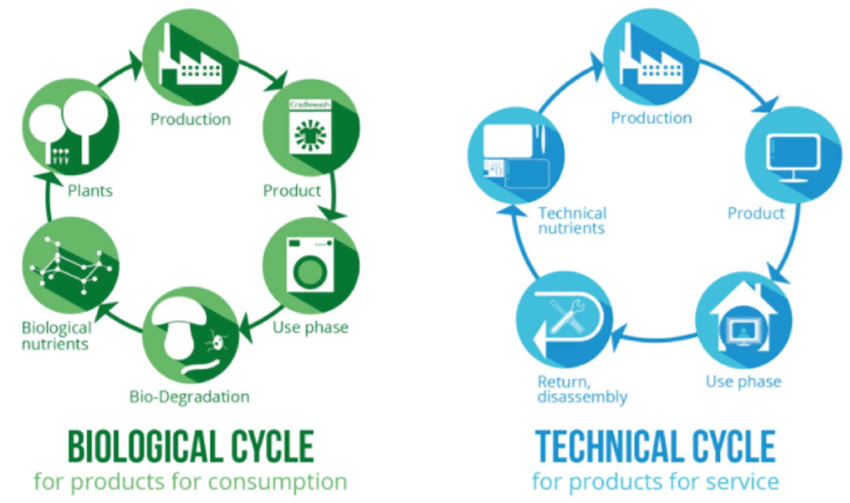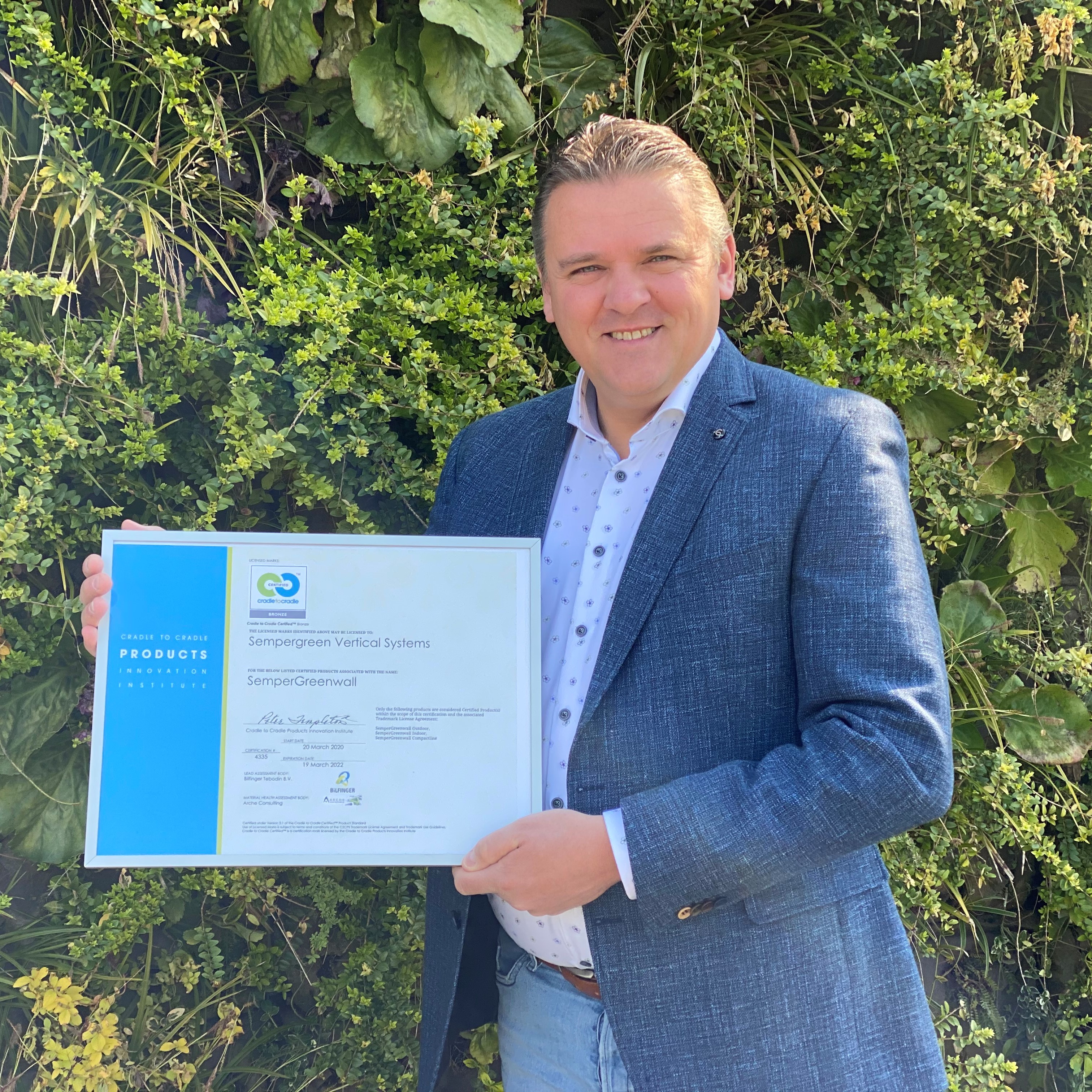Cradle to Cradle is a design philosophy, devised by Michael Braungart and William McDonough. According to this approach, raw materials are not thrown away (from cradle to grave), but are reused indefinitely or serve as “food” for new products. Cradle to Cradle products must therefore be remountable or fully recyclable and not contain any harmful raw materials.
This philosophy is accompanied by a sustainability label that can be awarded to products that are produced, used and reused according to the Cradle to Cradle principle.
‘Be more good, not less bad’
Most of the materials that are recycled are downcycled. This means that a product that is no longer used will decrease in value when it is recycled. After downcycling, raw materials often no longer have the purity of the original raw material. For example, parts of a building often end up as gravel, or high-quality paper as toilet paper.
Cradle to Cradle (C2C) is not only about recycling products. There needs to be a positive cycle that makes sure that more value is created: upcycling. Meaning that doing things “less bad” is not good enough. You need to take that extra step to achieve the ultimate goal: to make a positive contribution to nature, humanity and the economy. In short, being eco-effective, rather than eco-efficient.
Biological and Technical Cycle
In Cradle to Cradle, there are two types of cycles, biological and technical cycles. Biological cycles are the endless lifecycles of products for consumption, while technical cycles describe the circulation of service products. Each type of product enters a perpetual cycle, is reused in some way, and keeps or increases its value.
Source: researchgate
What is a Cradle to Cradle certification?
The Cradle to Cradle Certificate (Cradle to Cradle Certifiedtm) is an international certification for raw materials and products that can be fully reused in a way that preserves or even increases their value. This can be realised by reusing parts for new products, or in the form of biodegradability, which provides nutrients to nature. The composition of the materials is therefore extremely important, as is their origin.
There are five levels of certification that products can achieve: basic, bronze, silver, gold, and platinum. In order to receive a certification, a product must meet the following five requirements:
- Material Health: all components of a material are subjected to a toxicological and ecotoxicological examination to replace harmful substances with harmless ones.
- Material Reutilisation: product parts must be able to be recycled within the biological or technological cycle. The higher the certification, the more recyclable parts the product contains.
- Renewable Energy and Carbon Management: 100% of the energy for production must come from renewable energy sources.
- Water Stewardship: water is a precious resource for everything that lives and it must be handled accordingly in the production process. The higher the certification level, the more drinkable the water must be, after it went through the production process.
- Social Fairness: during the business process, all people and ecosystems are treated with respect, and continuous progress is made to achieve a positive impact on the people and the planet.
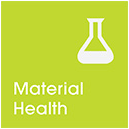
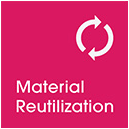
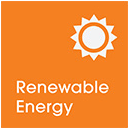
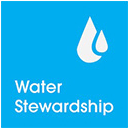
Cradle to Cradle and SemperGreenwall
Sempergreen has obtained the bronze Cradle to Cradle certificate with its living wall system, called SemperGreenwall. This concerns the following products:
The certificate is in line with Sempergreen’s mission to contribute to creating a green and liveable world, while keeping the ecological footprint as small as possible. With this certification, the SemperGreenwall demonstrates added value for circular and healthy buildings. Bilfinger Tebodin has guided Sempergreen in the certification process.
DOWNLOAD THE C2C-CERTIFICATE HERE
Continuous improvement
Even after obtaining the Cradle to Cradle certificate, Sempergreen is challenged to rise further in the certification level. Recertification takes place every two years, to see whether Sempergreen’s C2C plan is being implemented and whether enough progress is being made. For example, Sempergreen is expected to make further improvements to its SemperGreenwalls and convince suppliers to make their products and / or working methods Cradle to Cradle worthy.
The label is also constantly trying to surpass itself. At the time of writing it has put a draft online of Cradle to Cradle Certified™ Product Standard Version 4 (for public comment) and will continuously make adjustments to further improve the certification process.
Why choose a SemperGreenwall with a Cradle to Cradle certificate?
By choosing a SemperGreenwall with a C2C certificate you do not only contribute to the improvement of the environment, there are also other advantages. For example, your project can earn LEED or BREEAM points by using C2C certified products. It also provides an answer to a growing market demand for sustainable projects.
Finally, with Cradle to Cradle products you can realise sustainable and progressive projects, such as Business Park 20|20 in Hoofddorp.
